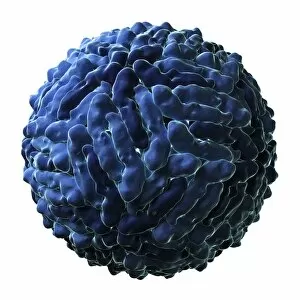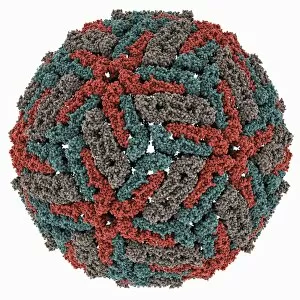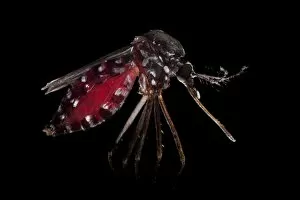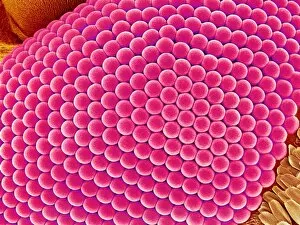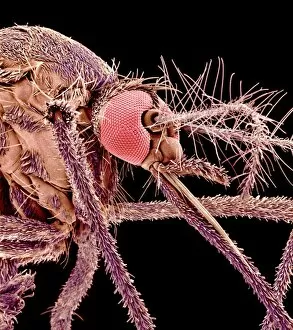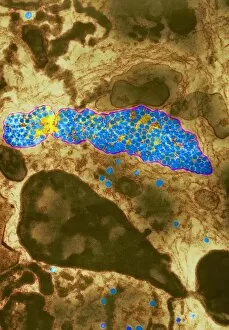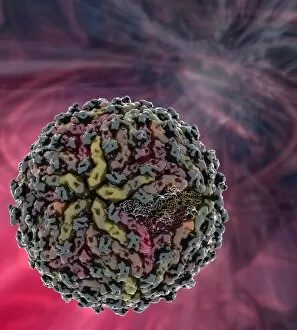Dengue Fever Collection
"Dengue Fever: Unveiling the Intricate World of a Deadly Virus" In this captivating collection of images
All Professionally Made to Order for Quick Shipping
"Dengue Fever: Unveiling the Intricate World of a Deadly Virus" In this captivating collection of images, we delve into the microscopic realm to explore the enigmatic Dengue fever virus. Through transmission electron microscopy (TEM), we witness the haunting beauty virus particles, their intricate structures resembling delicate works of art. Accompanying these visuals is an illustration depicting malaria transmission, highlighting the importance of understanding vector-borne diseases and their impact on global health. The conceptual image of the dengue virus serves as a reminder that behind its abstract appearance lies a formidable threat to human well-being. Artwork F007 / 7818 and F007 / 7828 offer striking representations of the Dengue virus, capturing its complexity and elegance simultaneously. These visualizations provide us with glimpses into its inner workings, showcasing both its resilience and potential for devastation. Furthermore, we encounter another viral entity known as cricket paralysis virus particle through stunning artwork. While distinct from Dengue fever, it emphasizes how viruses can manifest in various forms while posing significant risks to both humans and animals alike. The molecular models represented by F005 / 0688, F006 / 9455, F006 / 9392 showcase the capsid structure of Dengue virus—a crucial component responsible for protecting its genetic material. These models allow us to appreciate the intricacies at play within this minuscule yet potent organism. As we immerse ourselves in these captivating visuals, let us remember that behind each image lies a story—a tale woven by scientists tirelessly working towards unraveling mysteries surrounding infectious diseases like Dengue fever. By shedding light on such pathogens through research and education efforts worldwide, we strive towards finding effective prevention strategies and ultimately eradicating this menacing illness once and for all.






